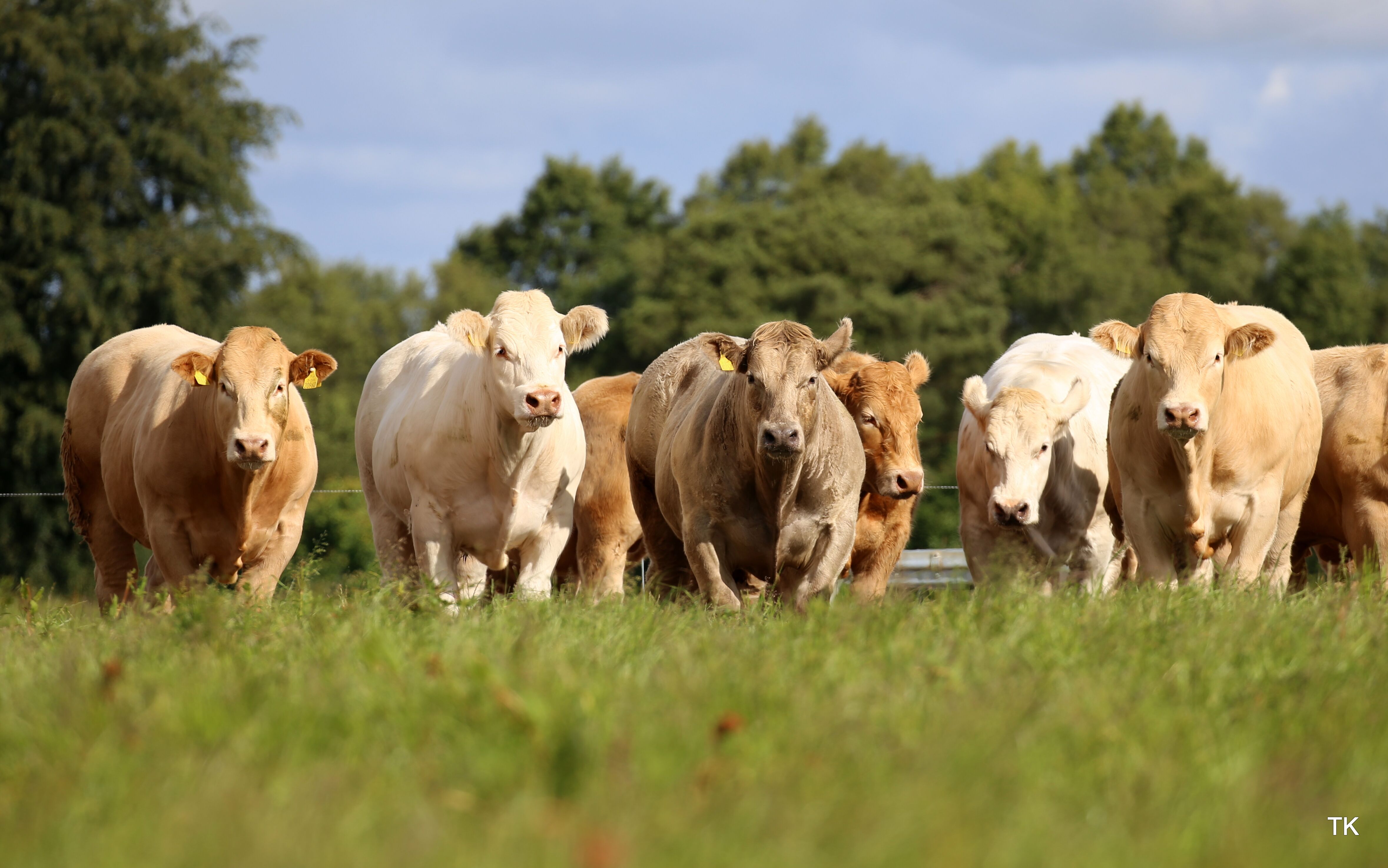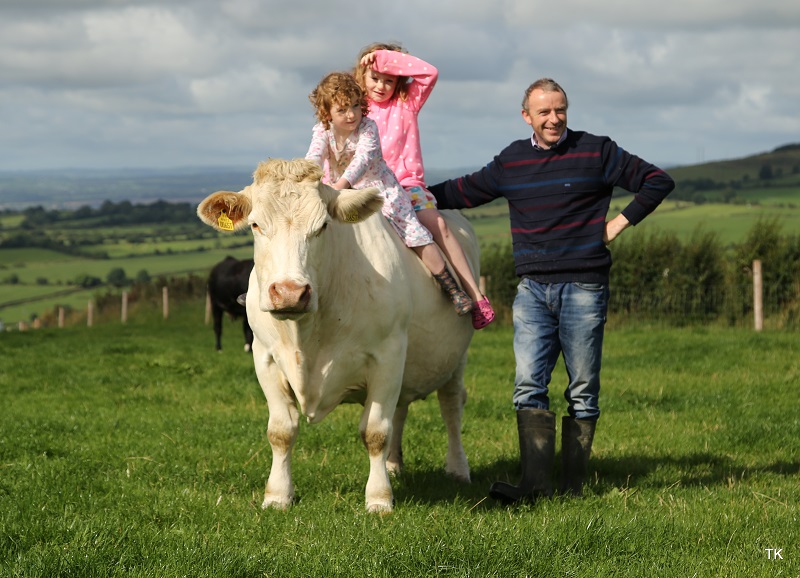Charolais in Ireland
Charolais cattle first arrived into Ireland from France in the autumn of 1964. While the credit for the importation often goes to the late Charles J Haughey, the planning and the deed actually belonged to farm minister at the time, Paddy Smith and his forward-looking officials.
At the time Ireland cherished her disease-free island status, which included a ban on all cattle imports, except under a very strict quarantine regime. In the spring/summer of 1964, three Department of Agriculture staff, the late John Beattie along with Reddy Day and Austin Mescal, spent weeks in France eyeing Charolais herds.
They selected eight males and 12 females of four to five months (at eight to nine months, all French cattle were vaccinated for foot-and-mouth disease, rendering them ineligible for entry to Ireland). Then followed quarantine on the farm of origin, quarantine in France and then more months of quarantine on Spike Island in Cork.
The Charolais breed quickly established itself, with one 1965 Department bull, Shamrock Ambassadeur CF12, making waves at home and abroad. A £100,000 offer was made for him from the US. The Department rejected the offer, which in terms of its land purchasing ability then would be the equivalent of €10m today. Some semen from the iconic Ambassadeur is still available in Ireland today. A small number of the early Irish-born Charolais calves went to the US. Buyers from Canada, New Zealand and Sweden also came shopping for the early Irish Charolais.
One of the attractions of the early Charolais was the breed’s ability to colour mark in the traditional Irish mix of crossbreeding. This complemented its accepted prowess for growth, performance and lean meat production. Over the years, the breed in Ireland advanced to eventually become the most popular beef breed.
While the early importers may have been industrialists and business people, very quickly the breed became firmly rooted in commercial Irish farming. The majority of the 2,500 members of the Irish Charolais Cattle Society today can be found in the west and northwest of the island. The average number of pedigree registrations for the last number of years has been around 7,000 calves/year. The main challenge for the breed today is to meet the demand for cattle that finish on grass at carcase weights that meet the supermarkets’ specs.
Over recent decades, the breed in Ireland has been dominated by a number of outstanding breeding bulls. However, one bull has certainly left his mark like no other, the AI bull, Doonally New (CF52). CF52 is a name recognised all over Ireland and is noted for his terminal beef traits.
Over 50 years on, the Charolais breed is now the cornerstone of Ireland’s beef herds.













